Research
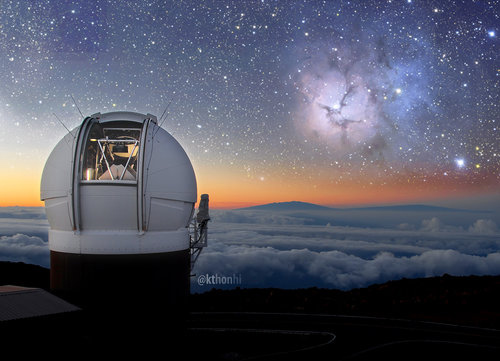
Credit: PS1 Science Consortium
Time domain astronomy
The dynamic Universe is full of energetic phenomena related to stars that merge, erupt, explode, and become torn apart by black holes. I coordinate multi-wavelength (gamma-ray through radio) observations of these transients after they have been discovered by amateur astronomers and professional sky surveys. Cooperation between the world's leading space- and ground-based facilities is often required, including the Hubble Space Telescope, Jansky Very Large Array, Chandra X-ray Observatory, the Gemini North and South 8.1m telescopes, and the MMT and Magellan 6.5m telescopes.
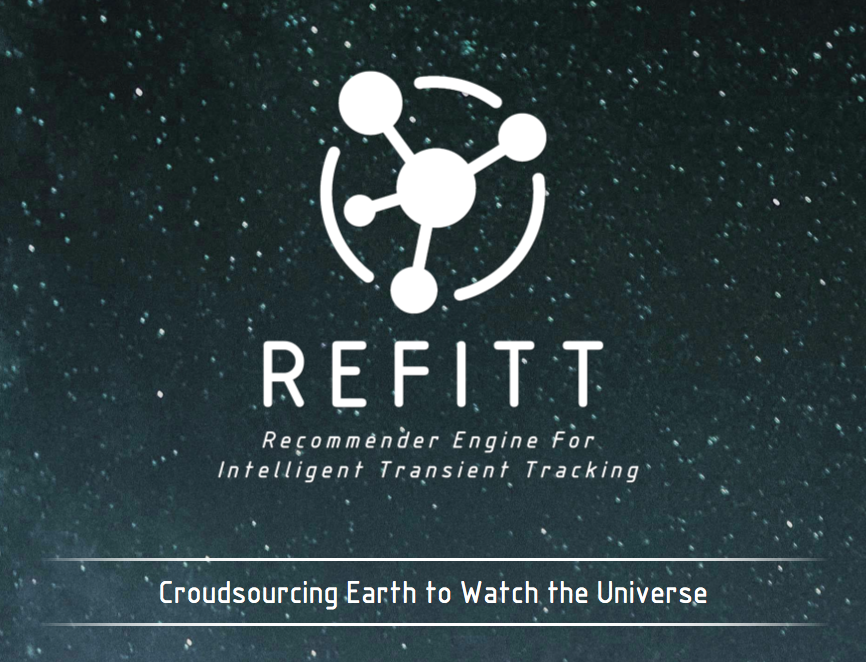
The Recommender Engine For Intelligent Transient Tracking
The Recommender Engine For Intelligent Transient Tracking (REFITT) is the world's first AI engine with the ability to design optimal observation recommendations in real time using a weighted analysis of the varying capabilities, costs, and benefits of the diverse pool of telescopes and instruments at its disposal. This project addresses the need for autonomous, evidence-based, instantaneous decision-making as time domain astronomy enters the era of Big Data.
REFITT is currently in beta-testing mode. Please contact me if interested in participating as a test user.
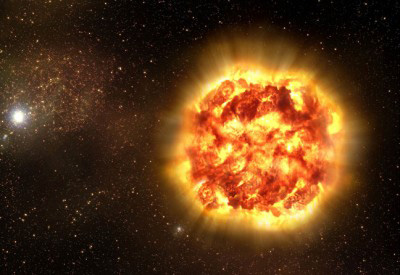
Credit: ESO/Wikimedia Commons
High-energy astrophysics
Core-collapse supernovae are among the most powerful and influential explosions in the universe. They shape galaxies, produce exotic objects such as neutron stars, black holes, and some gamma-ray bursts, are a major site of nucleosynthesis and dust formation, are prodigious emitters of neutrinos, and are likely to be strong Galactic sources of gravitational waves. Understanding the physics behind massive star explosions drives state-of-the-art simulations being run on the world’s most powerful computers. I develop three-dimensional reconstructions of supernova debris fields that uniquely probe the progenitor stars and explosion dynamics of supernovae.
Click here for my web app of the supernova remnant Cassiopeia A.
Click here for an animation of our 3D reconstruction of the Crab Nebula.
Click here for our teaser image of Cassiopeia A made using data from the James Webb Space Telescope.
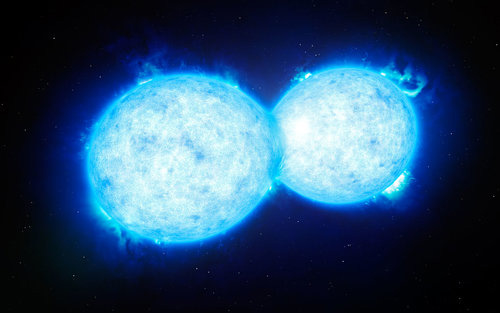
Credit: ESO/L. Calçada
Stellar mass loss and evolution
Massive stars can undergo violent eruptive mass loss months to years before core collapse. This phenomenon cannot be adequately explained through modern stellar evolution models and may have serious ramifications in many areas of astronomy that depend on accurate mass loss estimates and detailed knowledge of supernova explosion products. Myself and collaborators are investigating the extent to which eruptive activity may prelude all supernovae, and attempting to understand its various possible origins that may be related to core instabilities and/or interaction with binary companion stars.
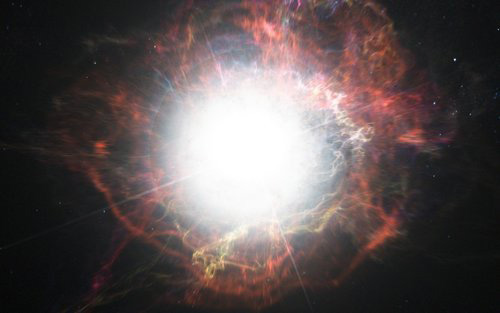
Credit: ESO / M. Kornmesser
Dust and molecules
Supernovae likely play a key role in the production of large quantities of dust that have been observed in high redshift galaxies. However, the efficiency of dust production and the physical properties of the dust grains themselves are not firmly understood. Closely tracking the formation and destruction of dust and molecules around supernovae months after explosion to millennia later in supernova remnants enables us to investigate these important issues in a diverse range of supernova progenitor systems.
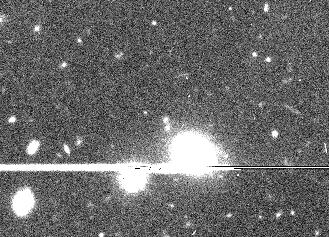
Sequence of images showing the discovery of the irregular moon of Uranus named Ferdinand.
Solar system dynamics
Beyond the orbit of Neptune lies the Kuiper Belt, which is a vast reservoir of ice cometary material ranging in size from a few meters to hundreds of kilometers. I helped catalogue this region of the solar system and map its structure in an effort to model the formation of the Giant Planets of our solar system. I also contributed to the discovery of irregular moons orbiting the planets Uranus and Neptune. I named one of the Uranian moons Ferdinand.
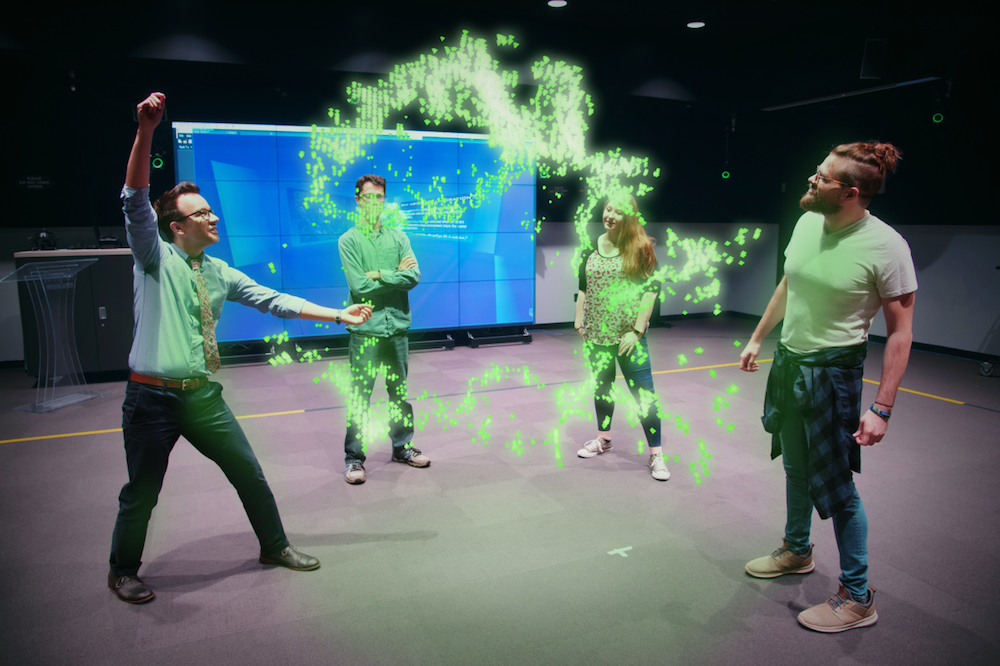
Data exploration and visualization using virtual simulation
Through active collaboration with the Envision Center we are deploying our three-dimensional reconstructions of supernova remnants on Virtual Reality (VR) platforms that are optimized for real-time data exploration and visualization. We are particularly interested in Collaborative Virtual Environments that present participants with a shared experience while also giving each individual their own perspective. This advanced curating of information is appropriate for research and instructional settings and enables us to interact with data sets and models in new, powerful ways. We aim to connect students to virtual classrooms where they can explore, discuss, share, present and learn from scientific data and virtual experiences.
Click here for a video demonstration of our Collaborative Virtual Environment platform.